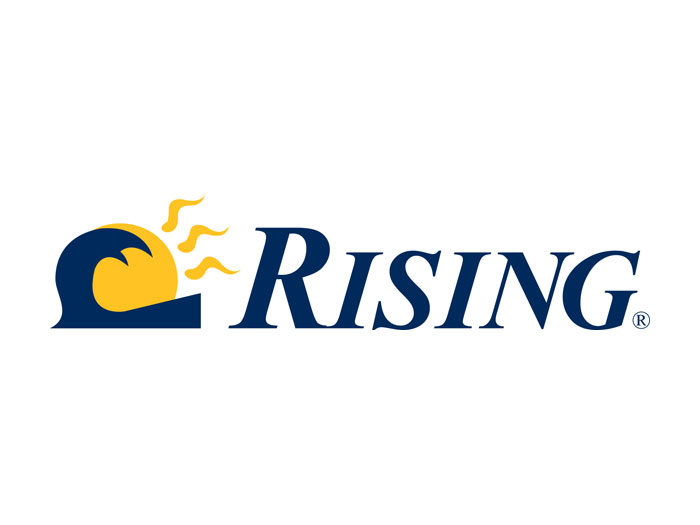3 Tips for Tackling Technology Projects Amid IT’s Talent Shortage

The unexpected redistribution of labor that followed the pandemic has affected a cross section of industries and occupations. The insurance industry, which was already experiencing a talent shortage, has an unemployment rate of only 1.5% and many of the unfilled jobs are for IT staff.
This is unsurprising as there are nearly 4 million unfilled IT positions across the country. Recently, layoffs at IT companies have been making headlines, but the number of IT people laid off since the beginning of the year is approximately 41,000, which still leaves well over 3 million jobs to fill.
In workers’ compensation, the IT talent shortage is amplified by a parallel shortage of experienced claims adjustors. This combined shortage threatens to undermine companies in the space because it can hinder their ability to process claims quickly and effectively.
Predicting and flagging problematic claims and effective communication with the injured worker are key areas that technology can advance when properly applied. Therefore, new technology is fundamental to competitive strategies for organizations that are looking to improve their customer experience, design new products, and automate internal processes.
Now consider that IT leaders in insurance are struggling to find talent and report that 65% of their projects are delayed because they don’t have the staff to complete them.
We talked with Brett Luna, CIO at Healthesystems, a technology-focused pharmacy and ancillary benefits manager serving workers’ comp payers, to get his take on how employers, including payers, can continue to move forward with their digital strategies in the current environment.
1) Update Technological Infrastructure
“Technology options and decisions must improve for the insurance industry to advance and be competitive, and also to attract and keep the best talent,” Luna said. “And that means investing in new technology.”
“Many insurance companies have tried to update legacy systems, but that can be a high-risk and ultimately higher cost strategy, especially when dealing with systems that are incapable of being modularized for future adaptability.”
Technologies that the industry should continue to keep migrating toward include: cloud-based computing platforms; object-oriented programming languages; microservices; event-driven architectures; artificial intelligence (AI) and machine learning; and self-service capabilities through automation and configurable software solutions (vs. custom programming when appropriate).
2) Prioritize Service and Security
“When IT resources are in short supply, prioritizing the projects that will reap the most benefit is essential,” Luna said. “And in our current environment, that means focusing on those initiatives that will make things better for customers and injured workers, while keeping everyone’s data secure.”
In addition to IT talent, workers’ comp payers are facing other staff shortages, including claims adjustors and case managers, so organizations are looking for ways to make things easier for the people they have and give their customer optimal service, while also improving the injured worker experience.
And a top priority for all stakeholders is keeping personal health information (PHI) and other confidential information secure.
Similar to other health care- related industries, workers’ comp is attractive to hackers due the type of information collected — private health information can be very valuable to those who would misuse it — so we must balance the desire for a pleasant user experience with the need for tight cybersecurity measures.
3) Improve Connections
In workers’ compensation insurance, information has to flow between multiple entities within the payer-provider-patient ecosystem.
“When we facilitate a more efficient flow of that information through standard and secure technological integration, we can improve the claims experience for all stakeholders,” said Luna.
Building and maintaining close connections with trusted partners is also important.
“In this highly competitive market, payers need to leverage partners to provide much-needed resources and technologies,” said Luna.
“We must be thoughtful and proactive when building important partnerships to achieve desired outcomes. Look for partners who will collaborate, can contribute to your strategic objectives, and can scale up or down efficiently and cost effectively.”
The IT talent shortage presents challenges for workers’ comp insurers, but those challenges can be turned to opportunities to develop innovative solutions that have staying power with a combination of the right technologies and the right partners. &









